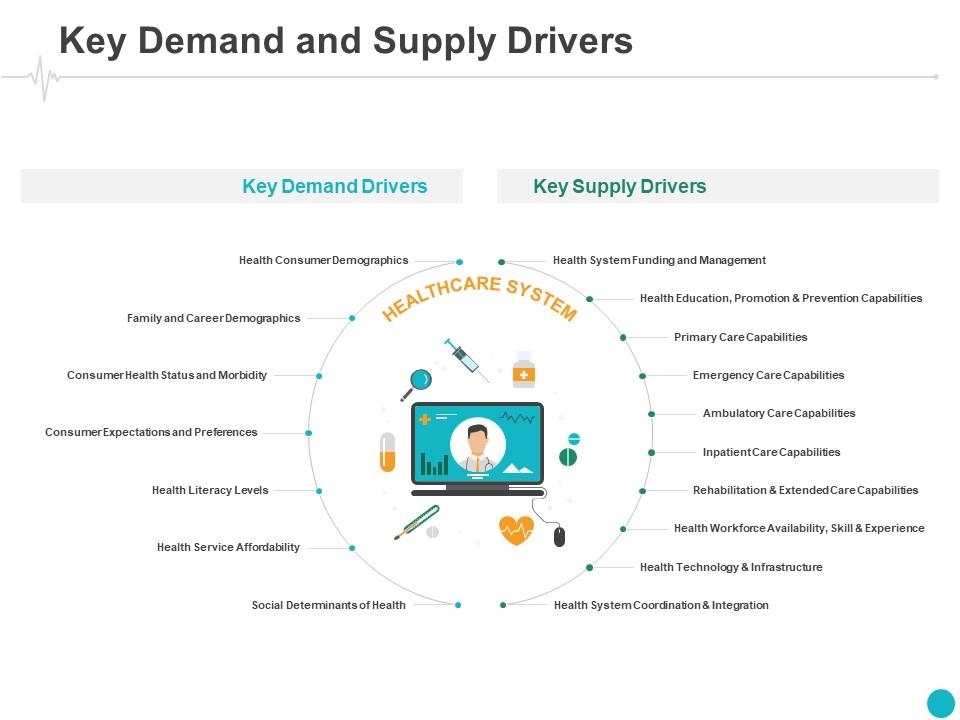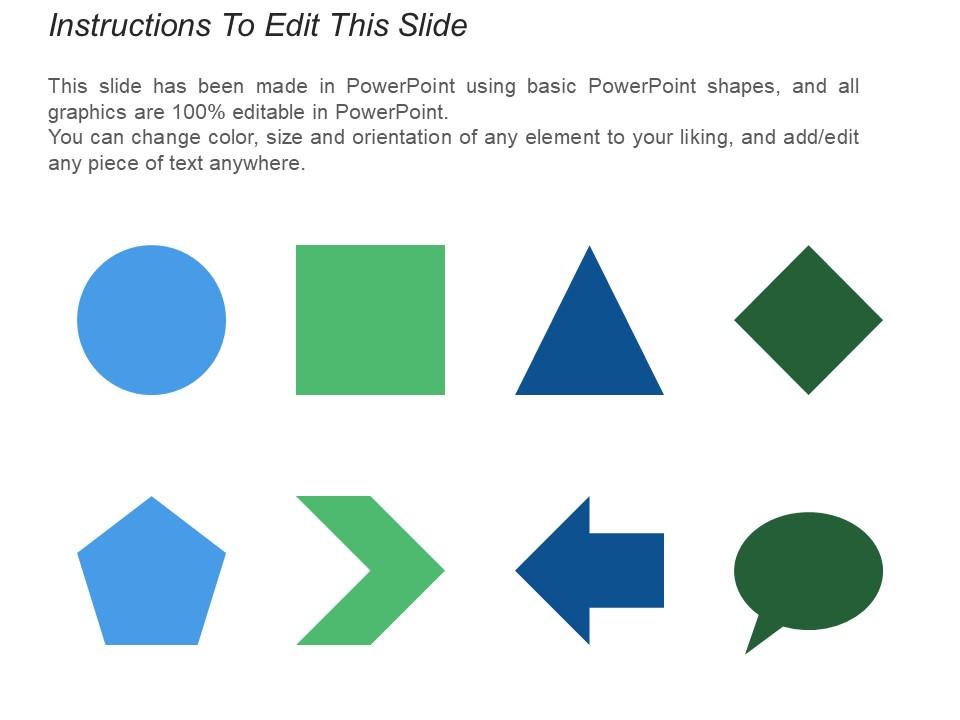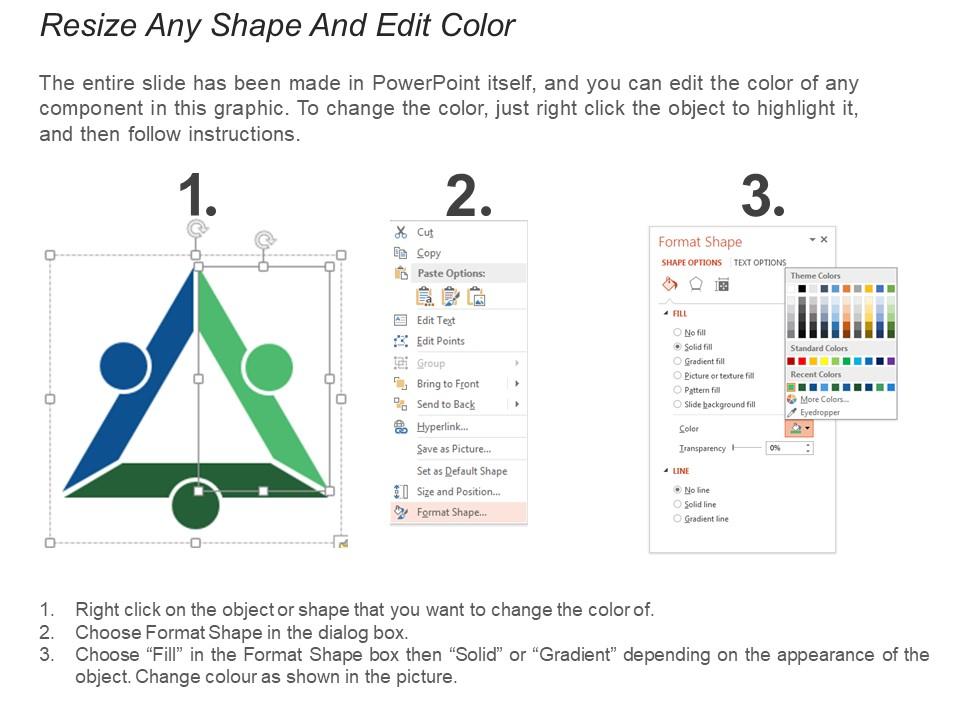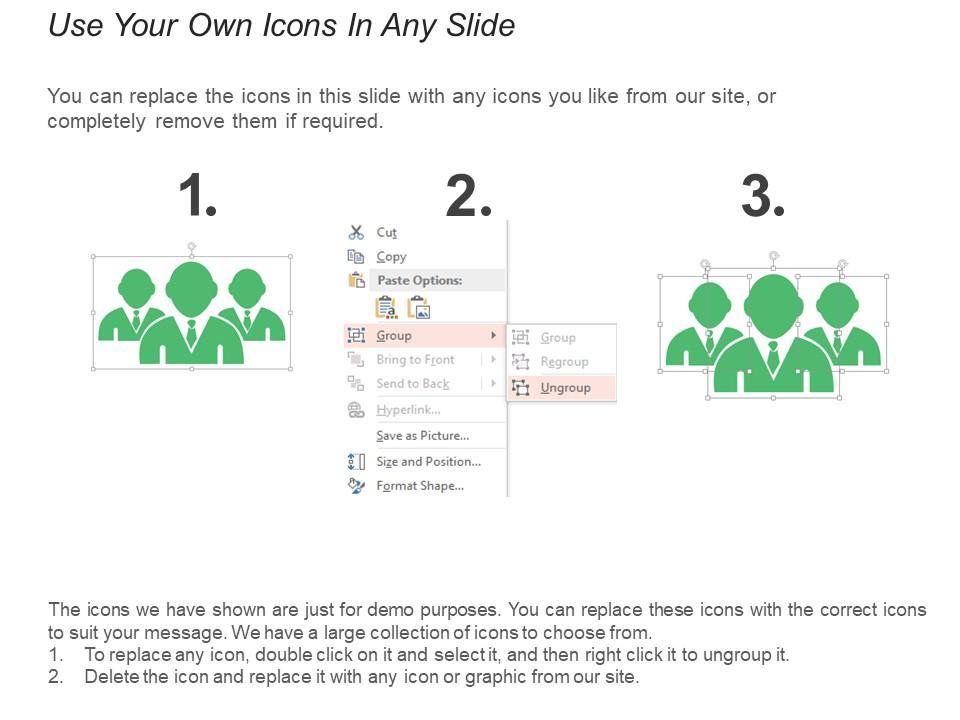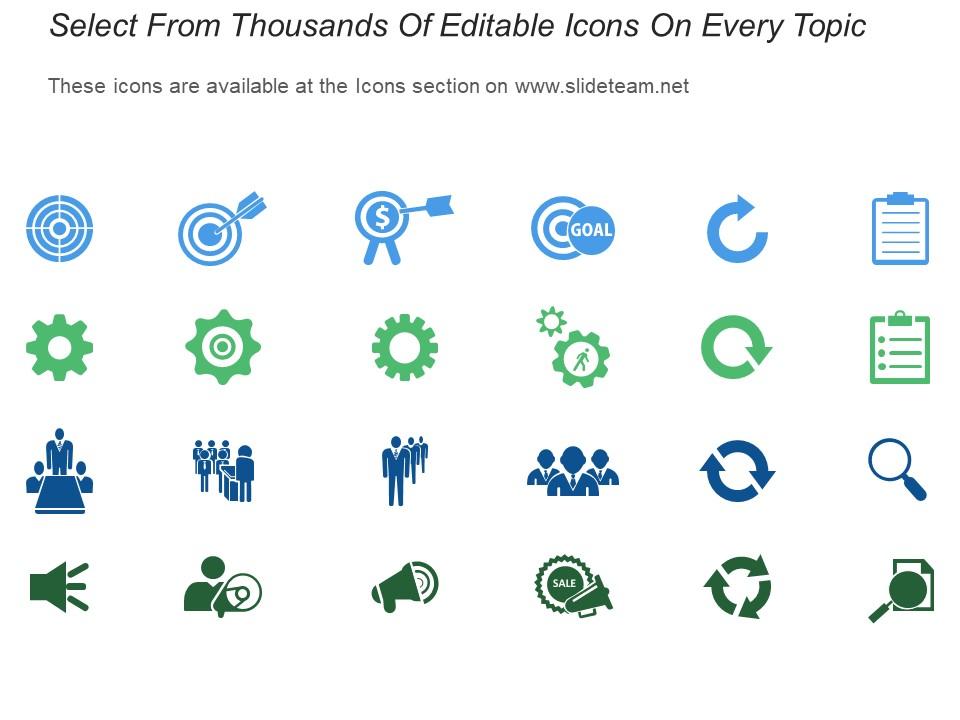Key demand and supply drivers consumer ppt powerpoint presentation infographic graphics
Encourage employees to feel free with our Key Demand And Supply Drivers Consumer Ppt Powerpoint Presentation Infographic Graphics. They generate better feedback.
Encourage employees to feel free with our Key Demand And Supply Drivers Consumer Ppt Powerpoint Presentation Infographic Gr..
- Google Slides is a new FREE Presentation software from Google.
- All our content is 100% compatible with Google Slides.
- Just download our designs, and upload them to Google Slides and they will work automatically.
- Amaze your audience with SlideTeam and Google Slides.
-
Want Changes to This PPT Slide? Check out our Presentation Design Services
- WideScreen Aspect ratio is becoming a very popular format. When you download this product, the downloaded ZIP will contain this product in both standard and widescreen format.
-

- Some older products that we have may only be in standard format, but they can easily be converted to widescreen.
- To do this, please open the SlideTeam product in Powerpoint, and go to
- Design ( On the top bar) -> Page Setup -> and select "On-screen Show (16:9)” in the drop down for "Slides Sized for".
- The slide or theme will change to widescreen, and all graphics will adjust automatically. You can similarly convert our content to any other desired screen aspect ratio.
Compatible With Google Slides

Get This In WideScreen
You must be logged in to download this presentation.
PowerPoint presentation slides
Presenting this set of slides with name Key Demand And Supply Drivers Consumer Ppt Powerpoint Presentation Infographic Graphics. This is a one stage process. The stages in this process are Business, Icons, Planning, Strategy, Marketing. This is a completely editable PowerPoint presentation and is available for immediate download. Download now and impress your audience.
Content of this Powerpoint Presentation
Description:
The image showcases a PowerPoint slide titled "Key Demand and Supply Drivers," focusing on factors that influence the healthcare system.
The slide is divided into two sections:
1. Key Demand Drivers:
a). Health Consumer Demographics: Age, gender, ethnicity, and other population characteristics affecting healthcare needs.
b). Family and Career Demographics: Family size, employment status, and occupations impacting health demands.
c). Consumer Health Status and Morbidity: Prevalence of diseases and health conditions in the population.
d). Consumer Expectations and Preferences: Patients' desires and priorities regarding healthcare delivery.
e). Health Literacy Levels: The ability of individuals to understand health information and make informed decisions.
f). Health Service Affordability: The economic accessibility of healthcare services for consumers.
g). Social Determinants of Health: Conditions in the environments where people are born, live, learn, work, and age that affect health.
2. Key Supply Drivers:
a). Health System Funding and Management: Financial resources and administrative aspects of healthcare provision.
b). Health Education, Promotion & Prevention Capabilities: Efforts to educate the public and prevent diseases.
c). Primary Care Capabilities: Basic health services and initial patient consultations.
d). Emergency Care Capabilities: Medical services for acute illnesses and injuries requiring immediate attention.
e). Ambulatory Care Capabilities: Health services provided on an outpatient basis.
f). Inpatient Care Capabilities: Services requiring hospitalization.
g). Rehabilitation & Extended Care Capabilities: Post-acute care for recovery or chronic illness management.
h). Health Workforce Availability, Skill & Experience: The number, competency, and expertise of healthcare professionals.
i). Health Technology & Infrastructure: The tools and facilities available for healthcare delivery.
j). Health System Coordination & Integration: The ability to provide seamless care across different services and providers.
Use Cases:
These drivers are important for strategic planning and operations in various sectors involved in health and wellness:
1. Public Health:
Use: Shaping community health initiatives
Presenter: Public Health Official
Audience: Policy Makers, Community Leaders
2. Hospital Management:
Use: Guiding hospital resource allocation
Presenter: Healthcare Executive
Audience: Hospital Staff, Investors
3. Health Insurance:
Use: Developing insurance products
Presenter: Insurance Product Developer
Audience: Brokers, Policyholders
4. Pharmaceutical:
Use: Planning drug production and marketing
Presenter: Pharma Market Analyst
Audience: Executives, Marketing Teams
5. Medical Devices:
Use: Informing device design and distribution
Presenter: Medical Device Planner
Audience: Engineers, Sales Teams
6. Health Policy:
Use: Crafting regulations and policies
Presenter: Policy Advisor
Audience: Legislators, Advocacy Groups
7. Health Education:
Use: Structuring educational programs
Presenter: Curriculum Developer
Audience: Educators, Students
Key demand and supply drivers consumer ppt powerpoint presentation infographic graphics with all 5 slides:
Our Key Demand And Supply Drivers Consumer Ppt Powerpoint Presentation Infographic Graphics generate better feedback. They encourage employees to feel free.
No Reviews



